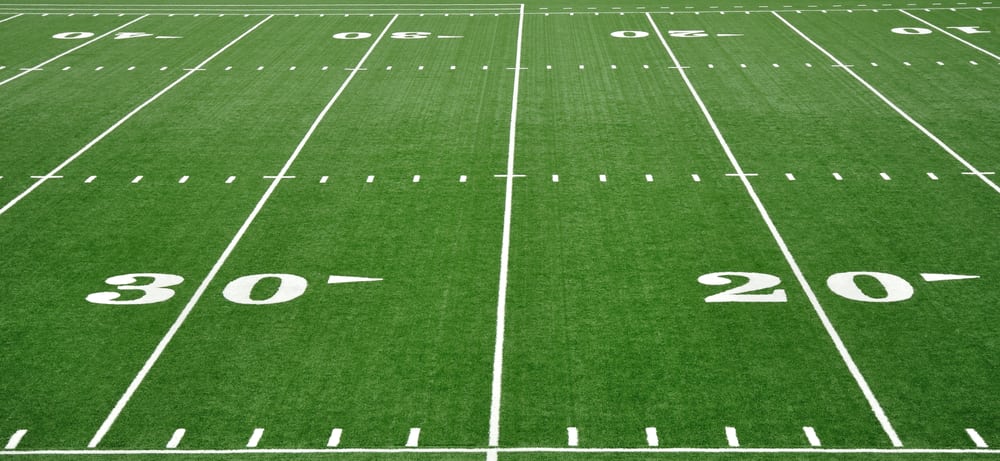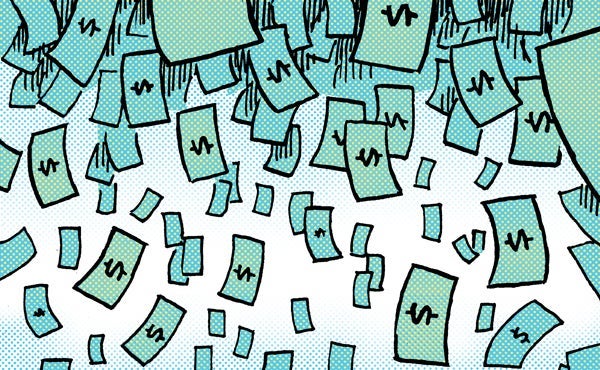Bentonville, AR, proud home of Wal-Mart, is the murder capitol of the world for consumer promotions.
How do you argue that promotion is more effective than low prices when the retail behemoth is taking over the retail landscape of every city, in every key category and is the largest customer of virtually every consumer product? Wal-Mart has made low, low prices its battle cry.

There are, however, wonderful exceptions to every rule. For Wal-Mart, an exception occurred with a trading card program.
Collectible sports cards in the U.S. have waxed and waned in popularity since their introduction in 1909. Initially packed with cigarettes, and then bubble gum in the 1950s, such cards provided the dual benefits of a continuity device and the practical advantage of stiffening weak packaging.
Sports cards’ most recent “Golden Age” began in 1988, when a company out of Carlsbad, CA, issued its first set of super-premium cards. Upper Deck did to sports cards what Starbucks did to coffee: Cards that had sold five for a nickel in the 1950s were offered at eight for $1.50 — without the bubble gum. It printed high-resolution, full-color photos on both the fronts and backs of the cards, and innovated in other ways.
Consumers — and retailers — flocked to Upper Deck in such droves that by 1992 industry giant Topps was forced to issue its own super-premium card series, Stadium Club. Led by baseball cards, collecting became a mania and even second-tier brands like Fleer, Bowman, Leaf and Donruss that followed the old printing format saw tremendous sales.
Gravity, however, finally caught up with the sports card boom in 1994, prompted by Major League Baseball’s 1994-95 players’ strike.
It couldn’t have come at a worse time for card manufacturers, who had no idea how to estimate sales as disenchanted fans walked away from the collecting hobby. The loss was most keenly felt at Wal-Mart, which by this time was most card companies’ largest customer.
Treat Entertainment (now Anderson Press) was the vendor-manager of the collector card category for Wal-Mart in 1995. Eager to bring fans back to the hobby, Treat Chairman Harold Anderson wanted to stage a four-month sweepstakes, giving away valuable cards from the past.
“Our objective was to award $25,000 worth of sports collectibles each month,” says John Appuhn, Anderson’s manager of licensing. Treat kicked off its sweeps in August 1995, awarding a super-collectible each month, then drawing for a grand prize at the end. In four short months, it gave away:
A 1954 Topps Gordie Howe Rookie hockey card, along with a 1980 Wayne Gretzky O-Pee-Chee hockey card (October);
A 1948 George Mikan Rookie basketball card (November);
A 1953 Topps Mickey Mantle Rookie card and a 1956 Mickey Mantle World Series card (December, see above);
A 1965 Joe Namath Rookie card, a 1933 Sport King Knute Rockne card, and a complete set of 1951 Bowman football cards that included a Tom Landry Rookie card (January 1996).
The grand prize was a single, small tobacco card in mint condition that was “the holy grail of sports collectibles”: the T-209 Honus Wagner card owned by Wayne Gretzky and then Los Angeles Kings owner Bruce McNall, worth $451,000.
Over a million mail-in entries were submitted, largely because of the grand prize. Each month, Treat drew 1,000 postcards, from which one winner was selected. All of the drawn postcards were then entered for the grand prize.
To back up the sweeps, Treat sponsored several road tour museums with sports memorabilia it had acquired over the years. These special tractor trailers would pull into a Wal-Mart parking lot and set up an exhibition for a day at each location.
Meanwhile, Treat’s p.r. firm, Jackson Spalding, turned every win into a media event. Modern-day sport stars showed up on winners’ doorsteps, or stepped out center-stadium to present the coveted cards.
The biggest event was staged on Feb. 25, 1996, on the national TV show, Larry King Weekend, when the grand prize winner’s name was drawn from Honus Wagner’s old traveling trunk from his playing days (borrowed from the road tour).
Joining King was an all-star panel of baseball celebrities: Brooks Robinson, former LA Dodger Manager Tommy Lasorda, announcer Joe Garagiola, and San Francisco Giant star Barry Bonds, all joining in a session devoted largely to trading cards.
Sadly, winner Patricia Gibbs, a postal worker from Hollywood, FL, had to sell the card to pay the taxes on it within the year. It went for the then-world-record price of $641,500.
Wal-Mart’s results were happier: 30 million packs of cards sold over the promotion, up from its own industry-leading sales by a whopping 418%; over a million sweeps entries; and reams of free press and airtime. This campaign proved that promotion and low prices work together brilliantly.
SO RARE…
Why on earth is Honus Wagner’s card worth so much? The answer is part legend, no matter what side of the story you tend to believe.
John Peter “Honus” Wagner was one of the greatest shortstops of all time. He spent 18 years of his 20-year career with the Pittsburgh Pirates, retiring in 1917. He then coached the Pirates for 20 more years. Wagner was one of the five initial inductees in 1936 into the Baseball Hall of Fame in Cooperstown, NY, along with Ty Cobb, Babe Ruth, Christy Mathewson and Walter Johnson.
The most popular legend claims that Wagner, nicknamed “The Flying Dutchman” for his speed around the bases, was appalled to discover his likeness being used to sell tobacco and demanded that his card be pulled from the series lest children be encouraged to smoke through his participation.
A more believable legend was that Wagner was initially called “The Dutchman” by his teammates because he was so thrifty. The press added the “flying” part to make him more colorful. Far from being disgusted by tobacco, Wagner had posed for magazine ads endorsing it. What did appall him, however, was getting the same pay as everyone else in the card set. Wagner wanted top dollar for his participation and when he didn’t get it, he had his image pulled.
In fact, the American Tobacco Co. issued 523 different cards in its T-206 set. This number included brand variations, for there were less than 150 major league players around at the time.
Experts estimate that only 50 to 60 Wagner cards were ever distributed, with a fraction of this number ever seen publicly. Obviously, the condition of Wagner cards varies wildly. What is known is that the three most expensive cards ever sold were each T-209 Honus Wagners.
 Network
Network

